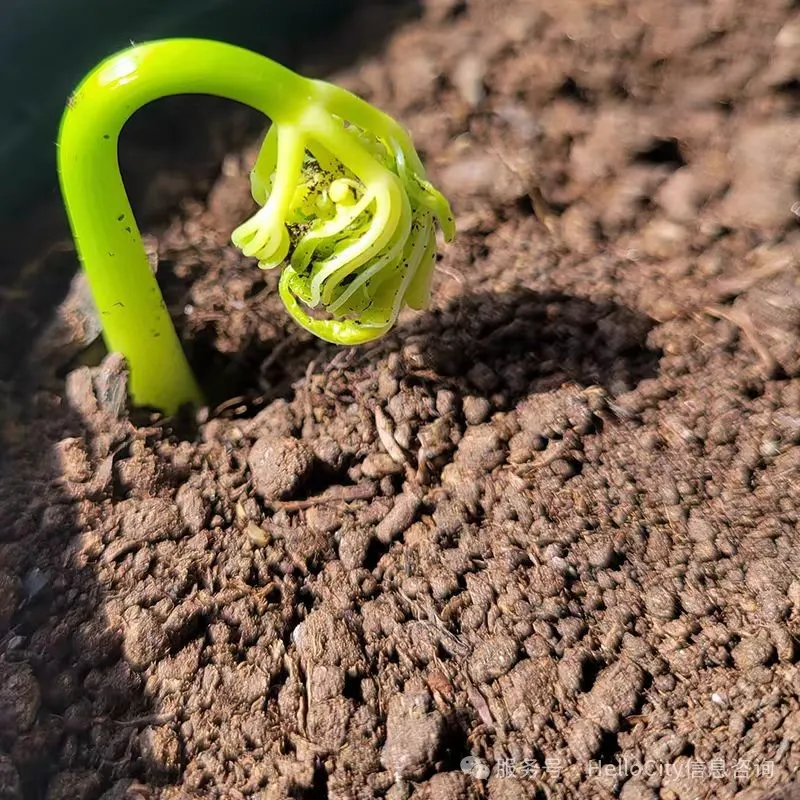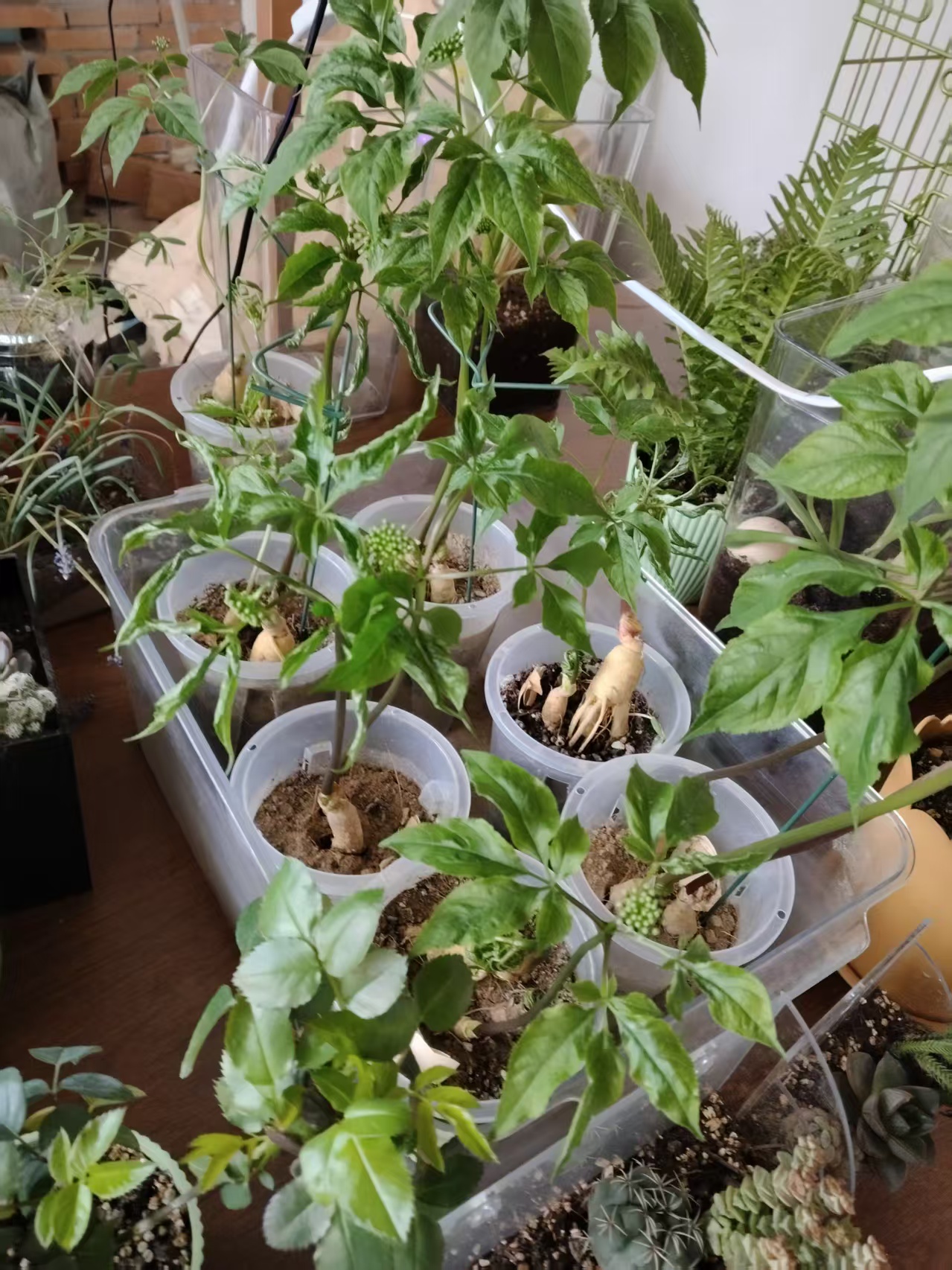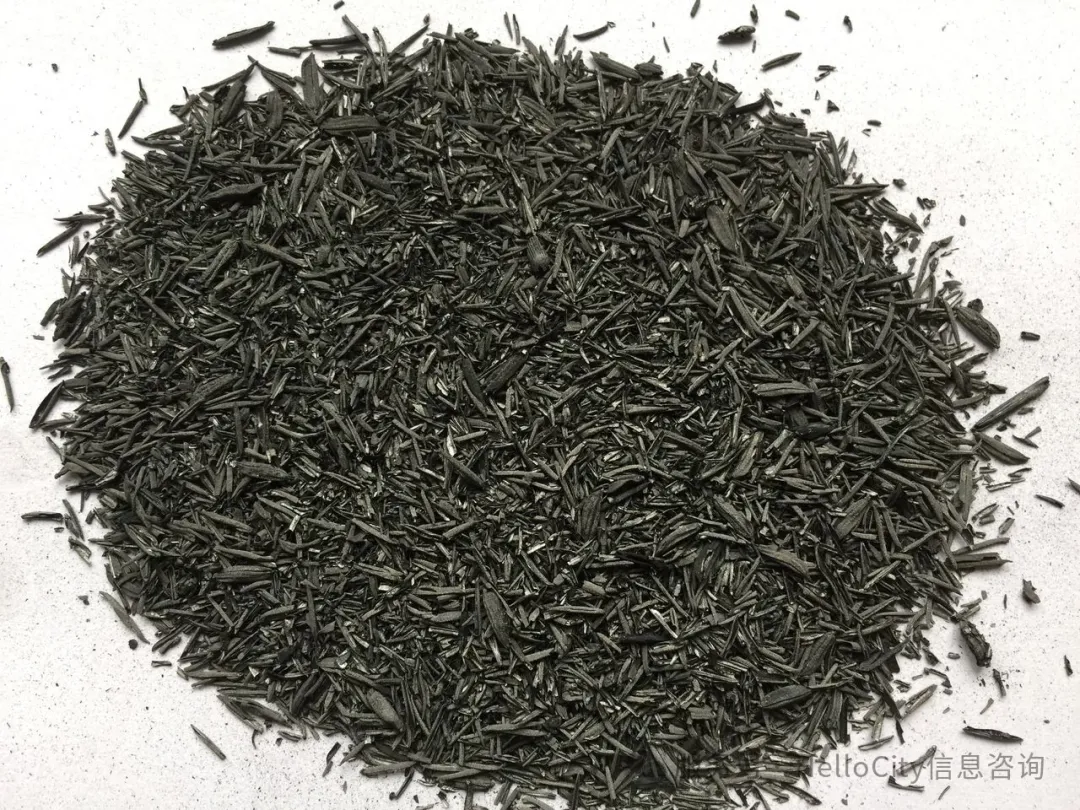BRAND | SHOW CASE
Plant these seeds in the soil and feel the change in the environment. The wind, the humidity of the air, the temperature may all have a subtle effect on whether the plants we plant will be able to produce healthy flowers. Coexistence Forever is an original brand where plants and seeds can be purchased.
Tanqi, an anti-inflammatory plant, can be used to whiten teeth and eliminate oral inflammation.
It can stop bleeding and remove blood stasis, disperse blood stasis, improve microcirculation, increase blood flow, and prevent heart and brain tissue ischemia, hypoxia and other diseases.


Changbai Mountain ginseng can promote the secretion of digestive juice, increase the total acidity of gastric juice, improve the symptoms of spleen and stomach weakness such as upper abdominal distension, diarrhea, vomiting, increase appetite and normal defecation.
The pot planting of ginseng in Changbai Mountain requires a nutrient soil formula based on the black alpine soil in Changbai Mountain. The planting cycle of ginseng in Changbai Mountain is generally 5 to 6 years. From sowing, after many field management and care, until the ginseng is ripe and harvested. The planting cycle is influenced by many factors such as climate, soil and management level.During the growth period, it is necessary to loosen the soil, weed and fertilize, and pay close attention to the occurrence of diseases and pests.
The planting technique of Changbai Mountain ginseng also includes potted method, which is suitable for small scale planting at home. When potted, choose a pot with a diameter of more than 20 cm and a depth of more than 25 cm, use a soil mixed with black humus soil and yellow sand, plant the ginseng seedlings at a 45 degree Angle, and spray water after covering the spores with soil.
On July 1, 2018, the Regulations of Jilin Province on the Protection of Black Land were officially implemented. [1] On August 1, 2022, the Law of the People's Republic of China on the Protection of Black Land was officially implemented [9].
On December 5, 2022, the Food and Agriculture Organization of the United Nations held a soil conference and released the Global Black Soil Report. The Report shows that the black treasure of the black earth is under threat. Most black soils lost half of their organic carbon reserves and suffered moderate to severe erosion, along with problems such as nutrient imbalances, acidification, compaction, and loss of soil biodiversity.
Therefore, the essence of the black soil from Jilin Province is actually a large amount of humus layer accumulated on the original loess layer, because of the extremely large amount of humus, so that the soil appears pure black. The content of organic matter in humus is very high, and contains a large number of mineral elements necessary for plant growth such as nitrogen, phosphorus, potassium and magnesium, and the fertility is very high, and the soil water retention is good, which is conducive to plant absorption. After the reclamation of black soil, the soil moisture and heat status changed, the water stagnation layer was eliminated to varying degrees, the soil ventilation was improved, the heat absorption was increased, the microbial action was strengthened, the decomposition of organic matter was accelerated, the nutrient element was released more, the soil effective fertility was increased, and the soil ripening process was developed.
At the same time, soil erosion and environmental damage have become the main crux of human environmental damage faced by renewable resources. The Law of the People's Republic of China on the Protection of Black Soil stipulates the legality of the use of black soil for environmental protection. Renewable resources are protected.
So how to create new experiments to build nutritious soil to achieve the goal of carbon neutrality, the following is an artificial intelligence method analysis --
Carbon neutrality using probiotic fermented humus combined with organic carbon such as rice husk charcoal can be achieved by the following steps:

1. Preparation and characteristics of rice husk carbon
Preparation process: rice husk is pyrolyzed under hypoxic conditions to obtain rice husk carbon. This biochar has a high specific surface area and porous structure, which can adsorb and fix organic carbon in the soil.
Properties: Rice husk carbon has good stability and adsorption capacity, which can promote the accumulation and stability of soil organic carbon.
2. Preparation of humus for probiotic fermentation
Raw material selection: Choose raw materials rich in organic matter, such as straw, dead leaves, animal manure, etc., which can provide rich carbon sources during the fermentation process.
Probiotics: Probiotics with carbon fixation ability are inoculated into raw materials to promote the decomposition and transformation of organic matter.
Fermentation conditions: Control the appropriate temperature, humidity and ventilation conditions to promote the growth and fermentation of probiotics.
3. Combine applications
Mixed application: The fermented humus is mixed with rice husk charcoal and applied to farmland or garden soil. The porous structure of rice husk carbon can adsorb organic matter and microbial metabolites in soil, and further increase soil carbon storage.
Promote microbial activity: rice husk charcoal can provide an effective carbon source for soil microorganisms, promote the growth and activity of microorganisms, and thus improve the conversion and stability of soil organic carbon.
4. Monitoring and optimization
Carbon storage monitoring: Regular monitoring of soil organic and inorganic carbon content to assess the effect of carbon neutrality.
Microbial community analysis: The microbial community structure in the soil is analyzed to understand the synergistic effect of probiotics and rice husk charcoal in order to optimize the application plan.
Through these steps, the probiotic fermented humus combined withrice husk carbon can be effectively used for carbon neutrality, improve soil carbon storage, reduce greenhouse gas emissions, and contribute to the response to climate change.

